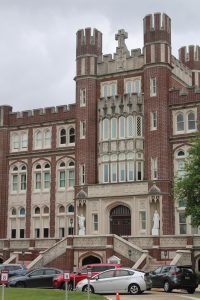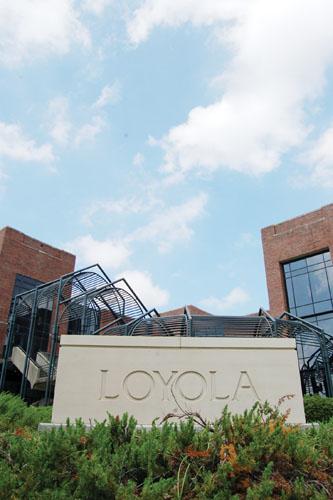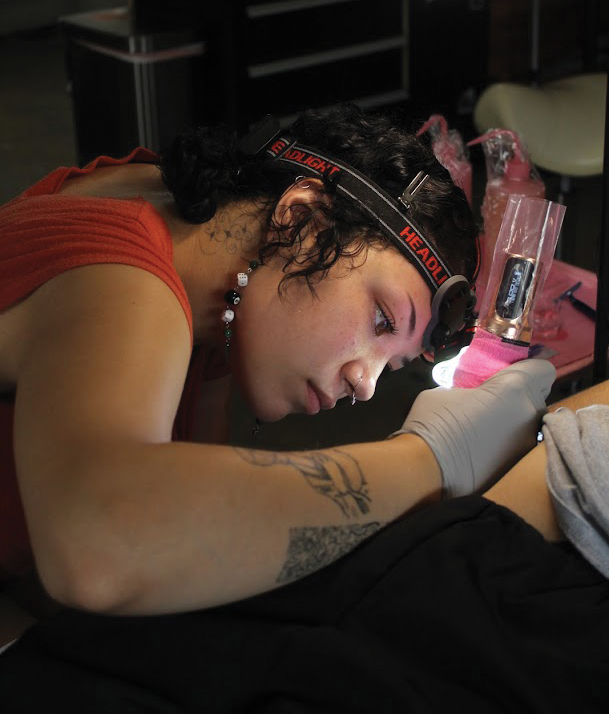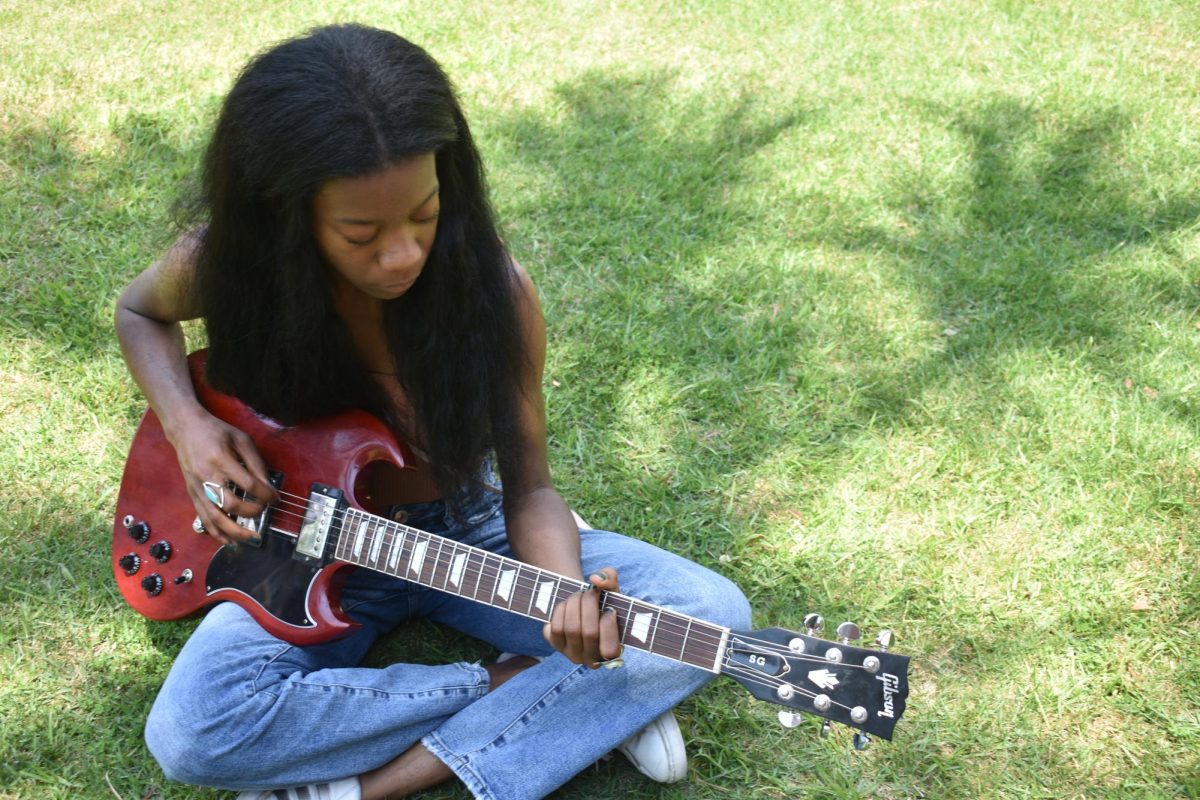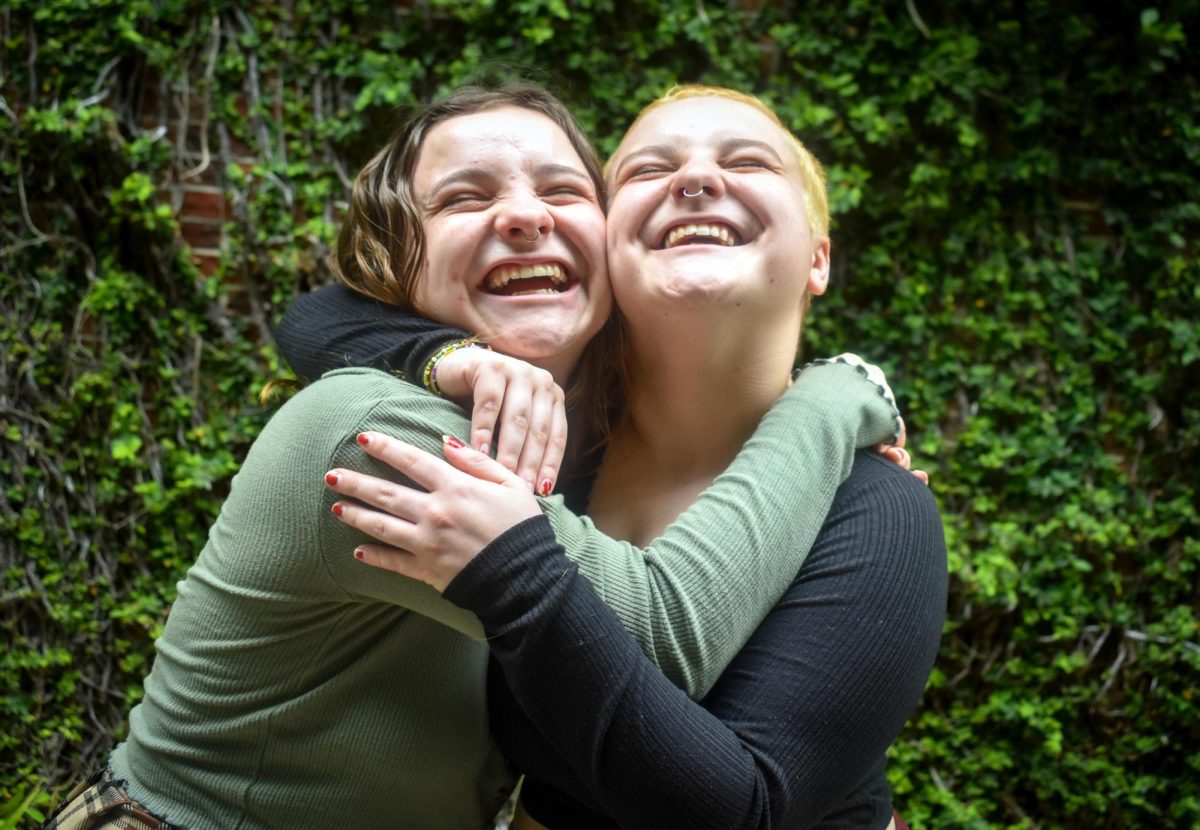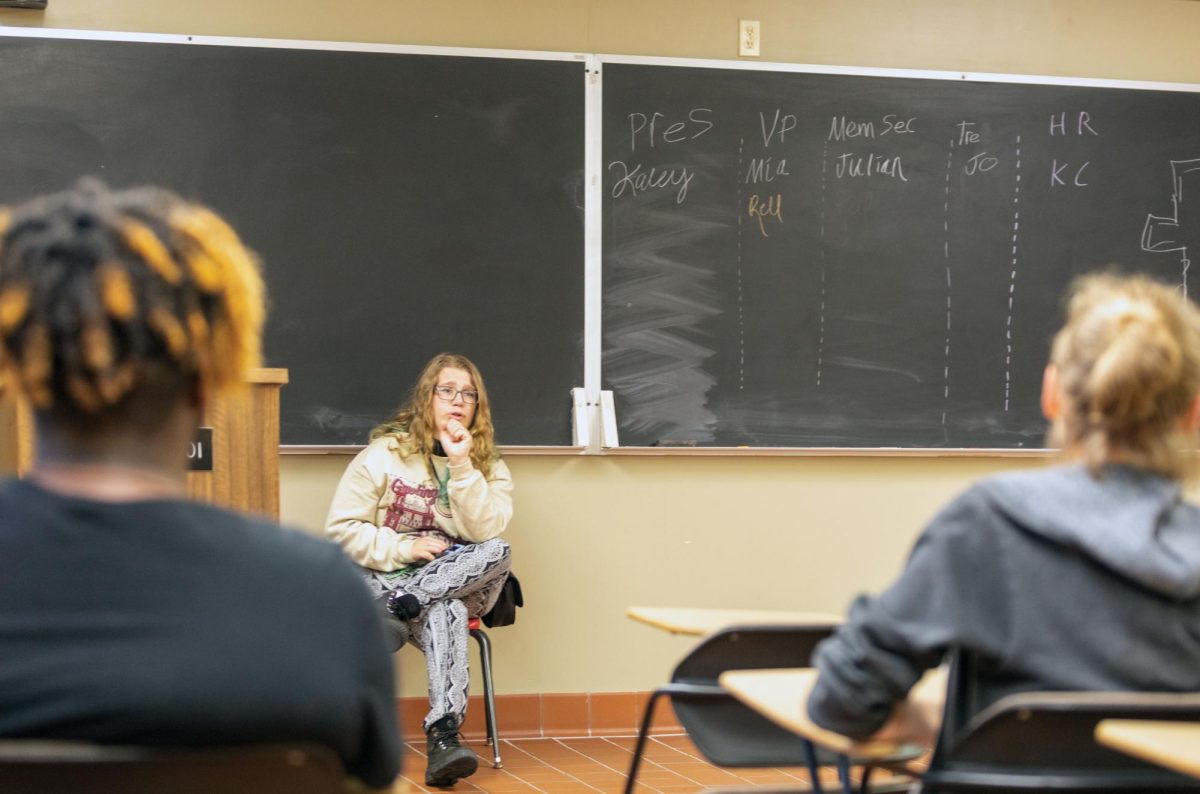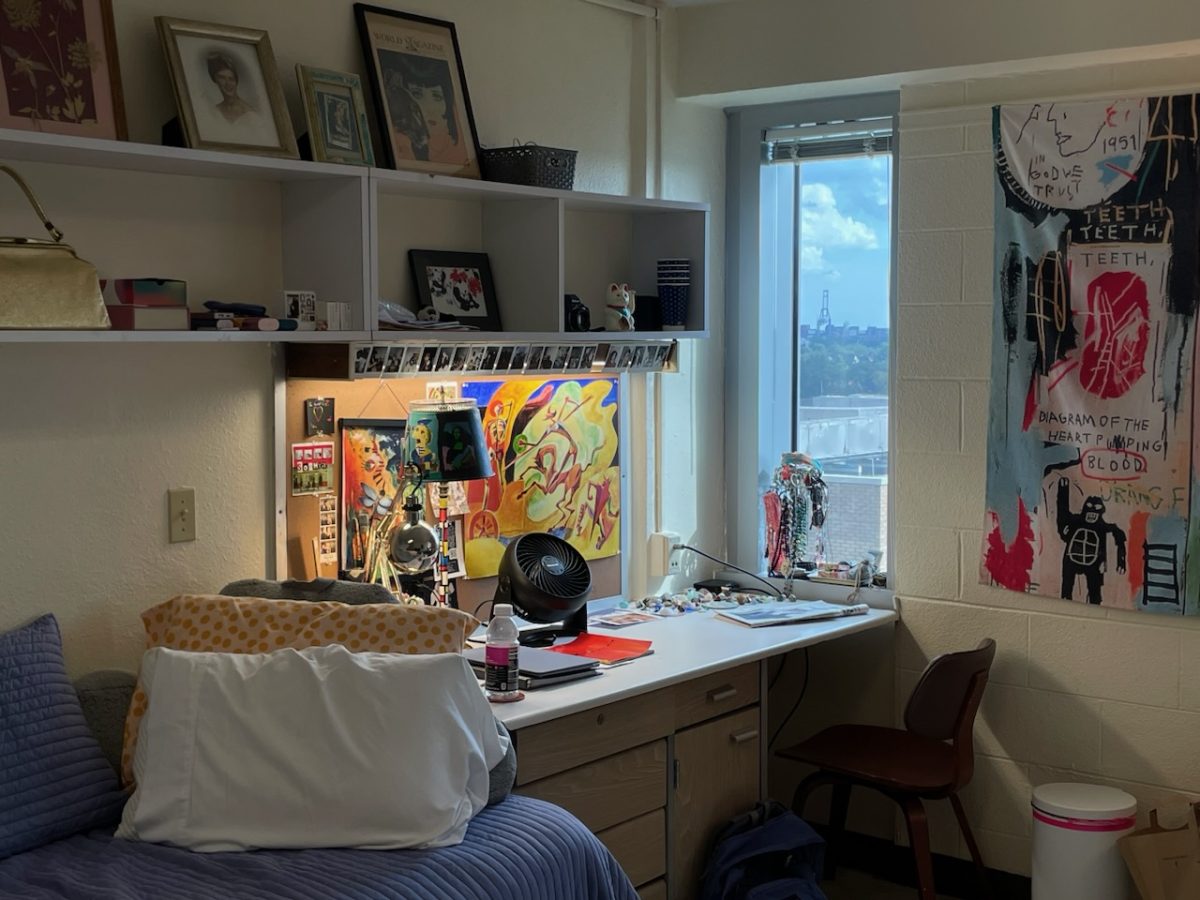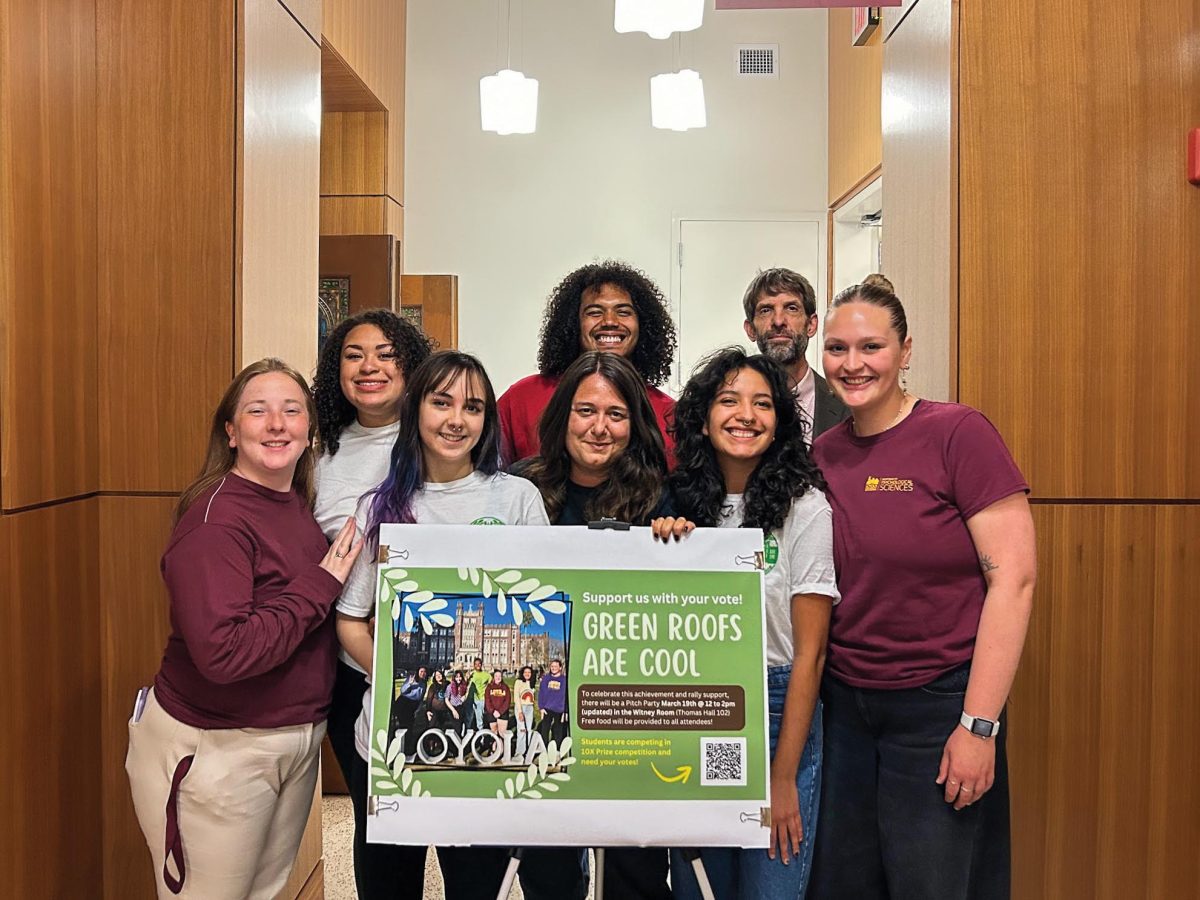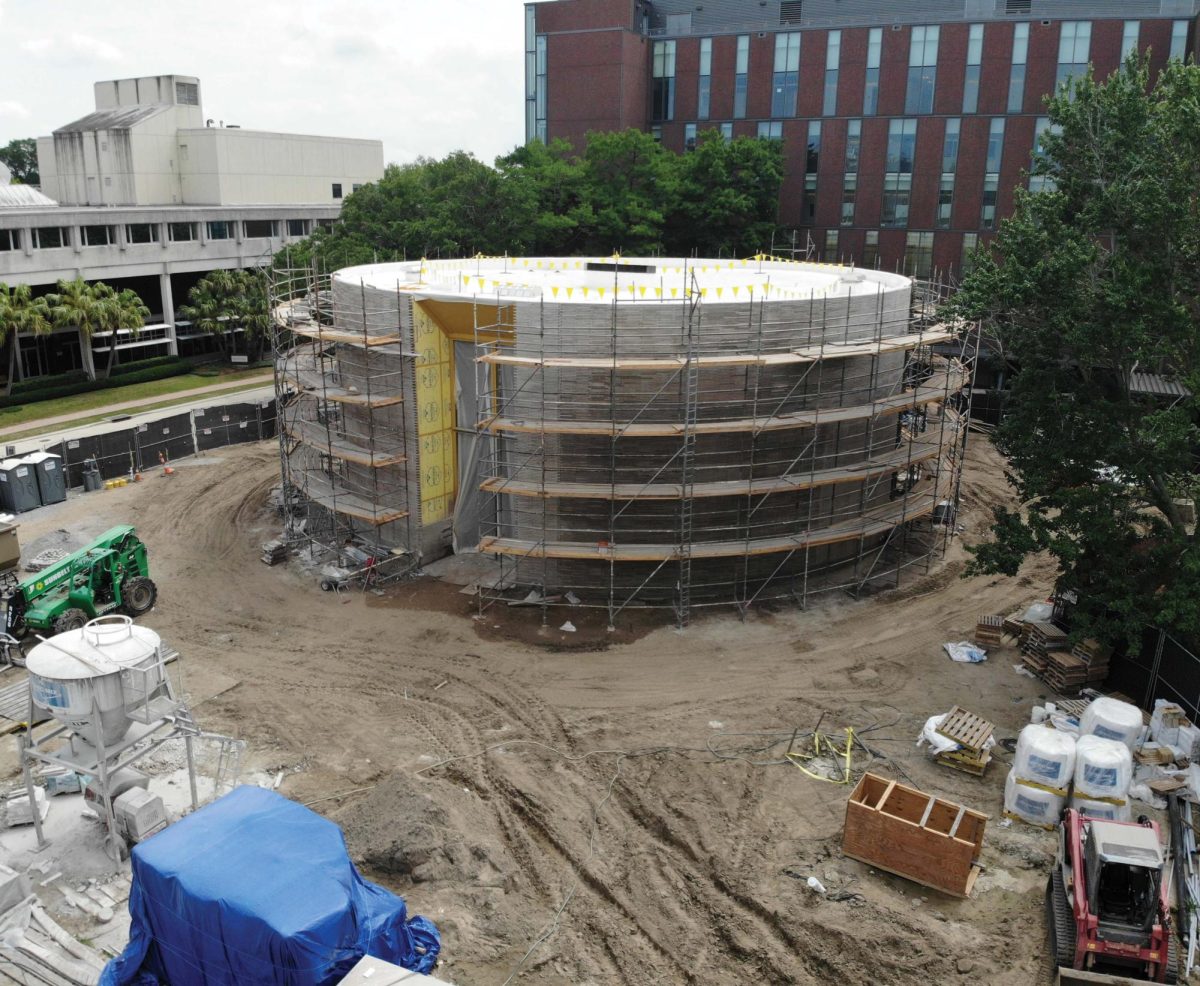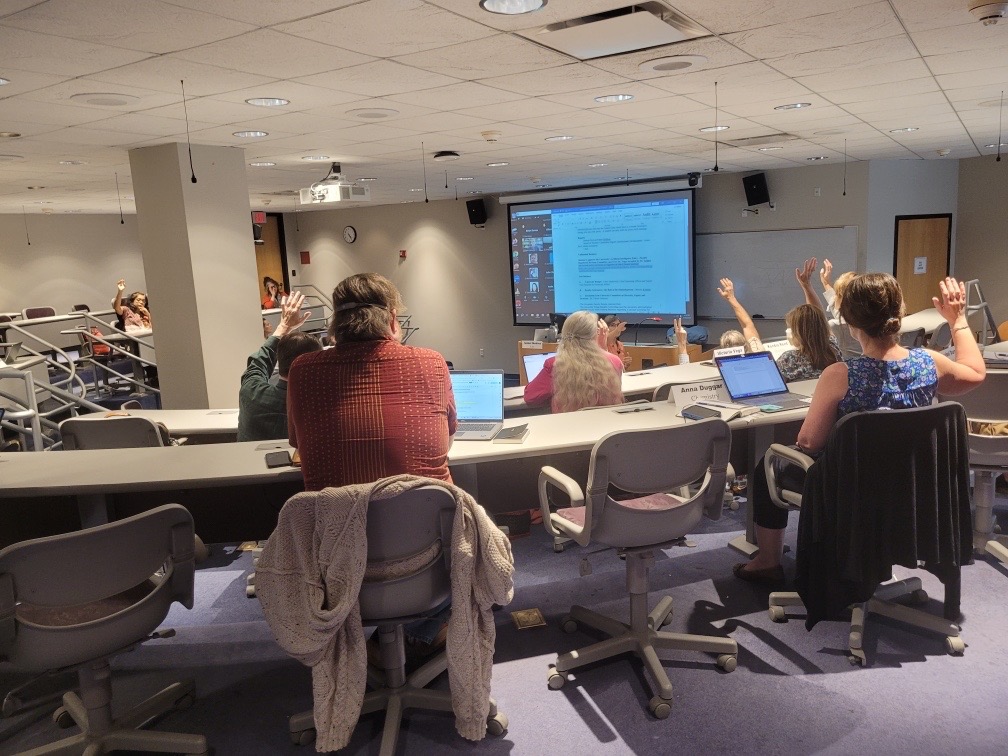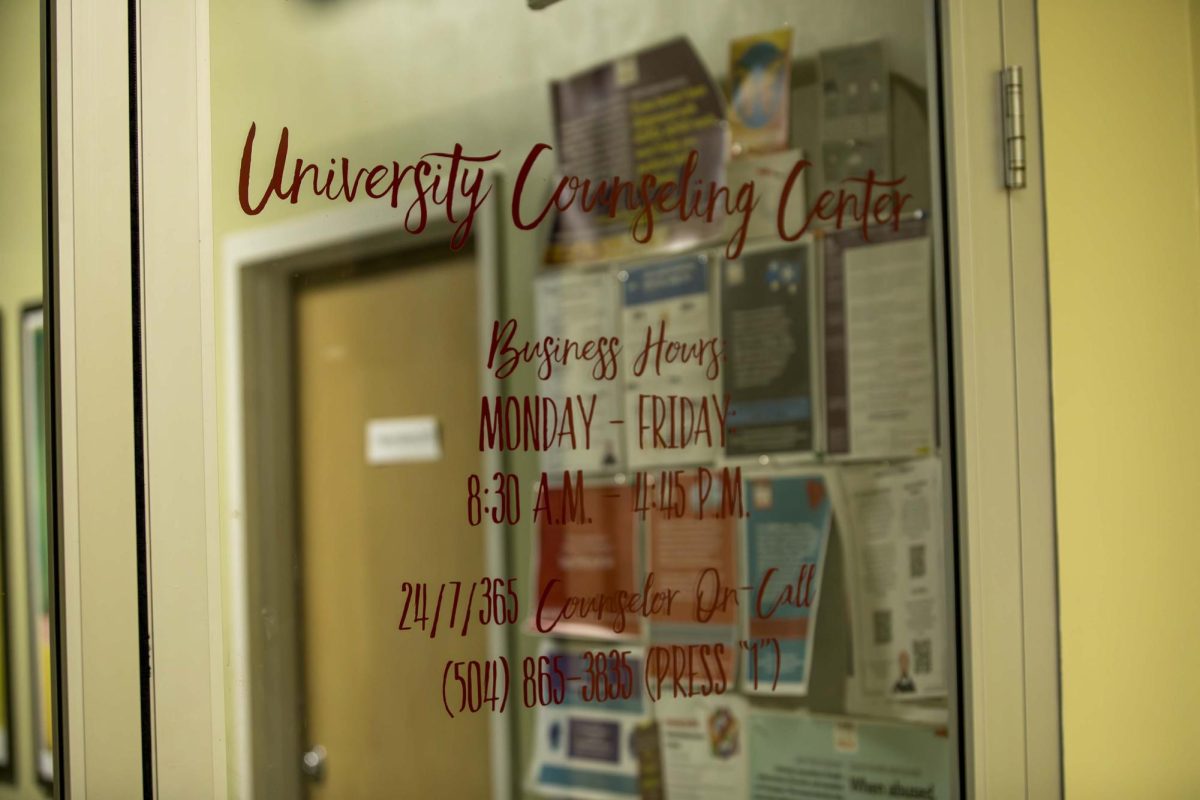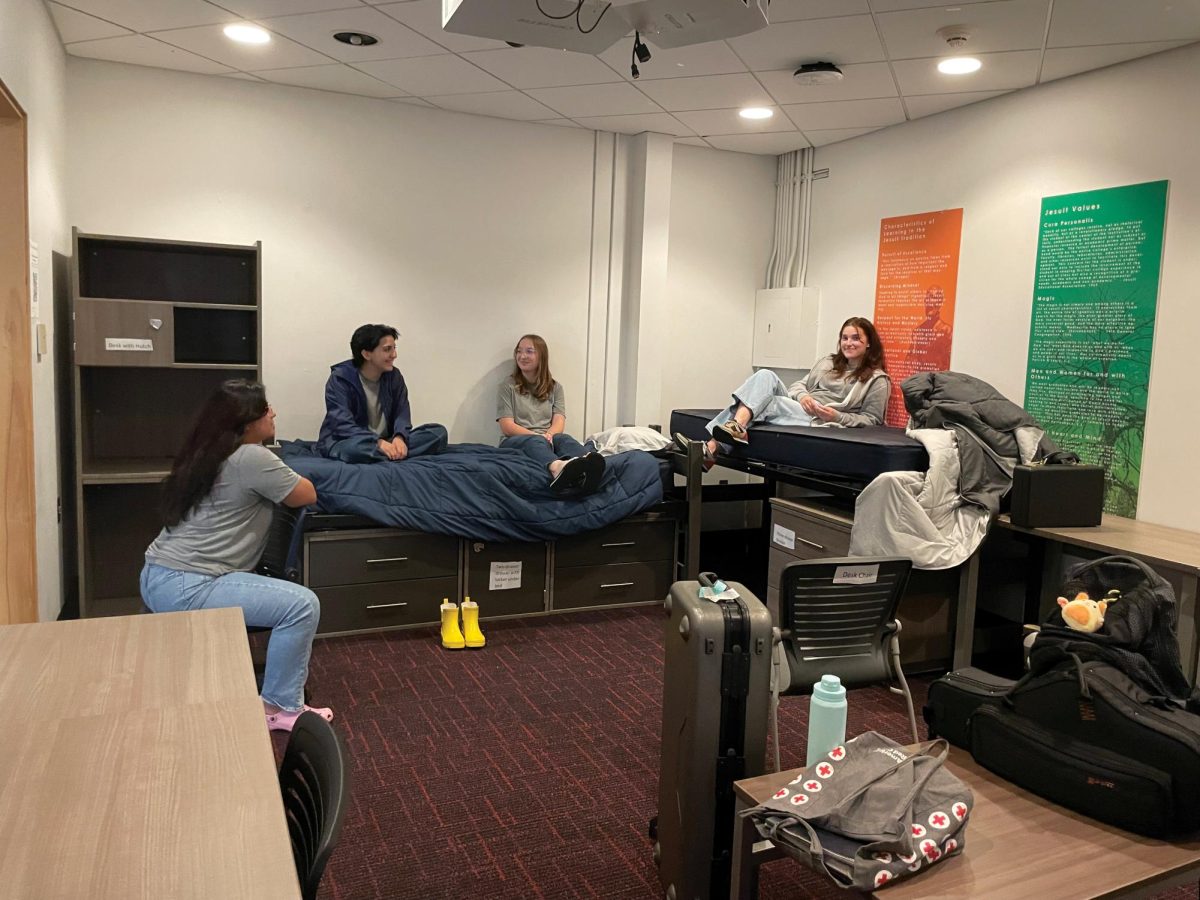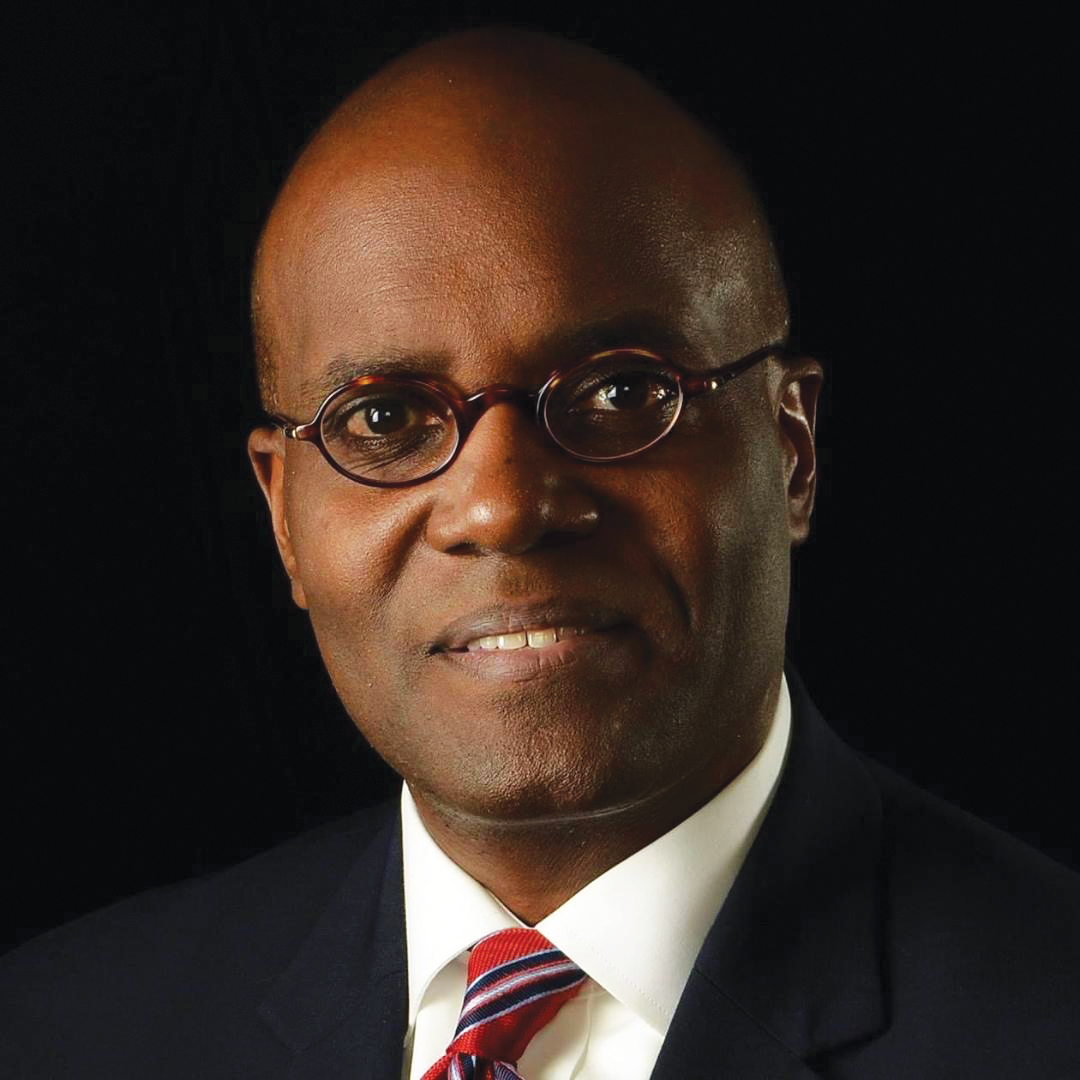The men and women of the Marquette Association raised the funds for Loyola’s Marquette Hall, which was completed in 1911.
The charter of the Marquette Society referred to the Jesuits’ “splendid scheme for the conquest of ignorance and unbelief.”
The society envisioned a university, which, in the future, would extend its influence far beyond New Orleans “to our Latin American neighbors as well as to those of the South and the Mississippi Valley.”
The initial contribution came from Patrick O’Kelly. O’Kelly, an octogenarian who worked as a janitor for 50 years at the New Orleans Cotton Exchange, handed over his life savings of $1,500 to the Rev. Albert Biever, S.J., Loyola’s first president, for the new Catholic university.
In 2011 dollars, O’Kelly’s $1,500 would be equivalent to $33,930. He probably made around $500 a year.
Flora Mylott, a retired public school teacher, also donated her life savings of $10,000 ($252,300 in 2011 dollars).
Louise Norman stopped Biever on his way to a Thursday evening Holy Hour. Biever later said that, “he almost gave her the brush off – for when he glanced into the parlor as he was passing, he was not impressed by the tiny, humbly dressed lady seeking an interview with him.”
Luckily he did not ignore her. She produced a check of $50,000 for the university.
When Norman handed him the check, Biever temporarily forgot the congregation. When he recovered from the shock and got to the pulpit, he said that he could hardly think of the sermon he had prepared and “kept his hand in the breast pocket of his cassock with a tight grip on the check.”
Louise C. Thomas funded the construction of Thomas Hall, which served as the Jesuit residence until 2005.
At the dedication of the hall, Biever recounted how “she had come into his office one morning heavily veiled and dressed in mourning to simply announce that she wanted to give Loyola a building” in memory of her husband Stanley O. Thomas, a cotton broker.
Edward J. Bobet and his wife provided the funds for a 20,000-volume library, which was initially housed in Marquette Hall.
Loyola’s second major classroom building, which was constructed in the 1920s, was named in their honor.
W.P. Burke and his wife financed the construction of the seismographic observatory, which was dedicated to the memory of their son, Nicholas, one of the first students at Loyola College.
The Burke Memorial Seismographic Laboratory was initially located behind Marquette Hall. However, when Bobet Hall was constructed, it was dismantled and moved to its present location between Marquette Hall and the Holy Name of Jesus church.
The 1906 San Francisco earthquake had stimulated the study of earth sciences in the United States, and the Jesuits established the Jesuit Seismological Association.
It is significant that Loyola’s first brick structure was a scientific observatory-laboratory. Loyola’s Jesuits had a keen interest in the sciences, and from the beginning stressed the sciences as part of a liberal education and as the bases for advanced professional education.
Bernard Cook is a history professor at Loyola. He is currently on sabbatical in Europe and is working on a book about the history of Loyola University New Orleans.
He can be reached at [email protected]





